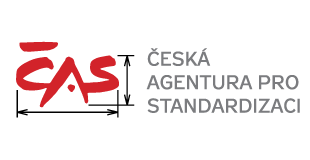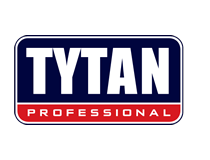Unit 7 – Laying bricks
Grammar – 0 + 1st Conditionals
Conditional sentences have two clauses:
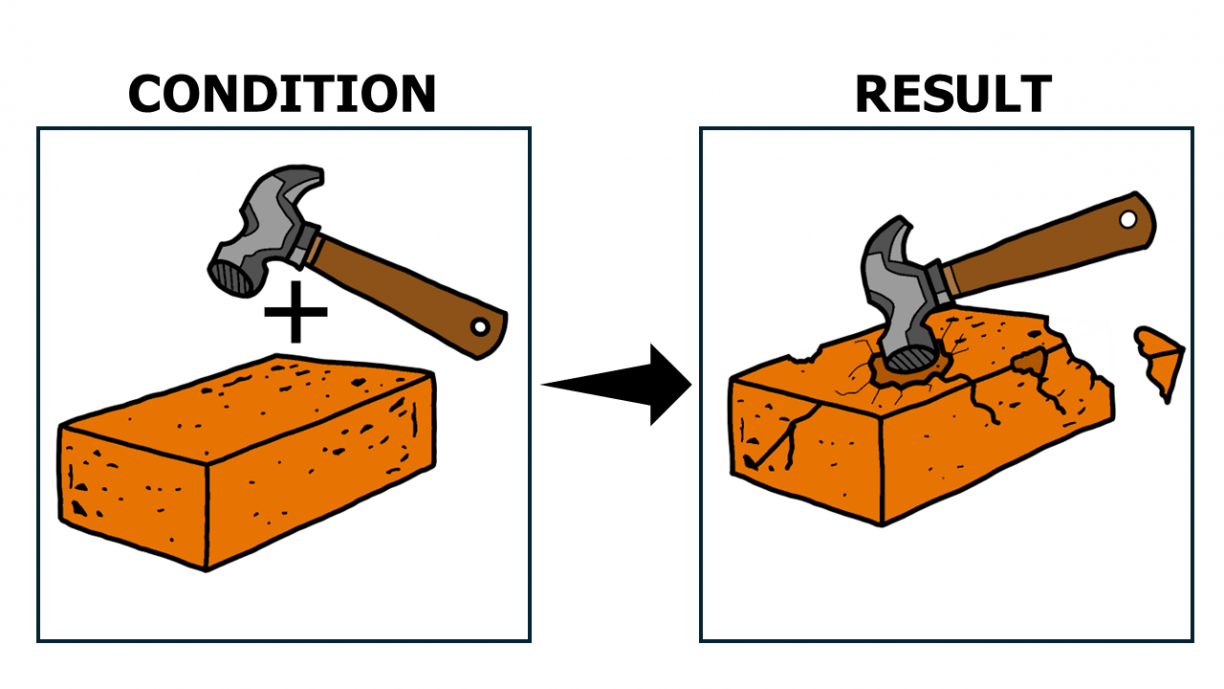
| Type | Tenses in the two clauses | Probability condition will happen |
| Zero conditional | [If + presnt] + [present] | 100% – will always happen. |
| 1st conditional | [If + present] + [will] | 50%-90% – will probably happen. |
Zero conditional = general truths or natural laws
Examples:
- If you hit a brick with a hammer, it breaks. → Píšeme čárku
- A brick breaks if you hit it with a hammer. → NEpíšeme čárku
1st conditional = something that will probably happen in the future
Examples:
- If the weather is nice, we will build a wall. → Píšeme čárku
- We will build a wall if the weather is nice. → NEpíšeme čárku
Vocabulary
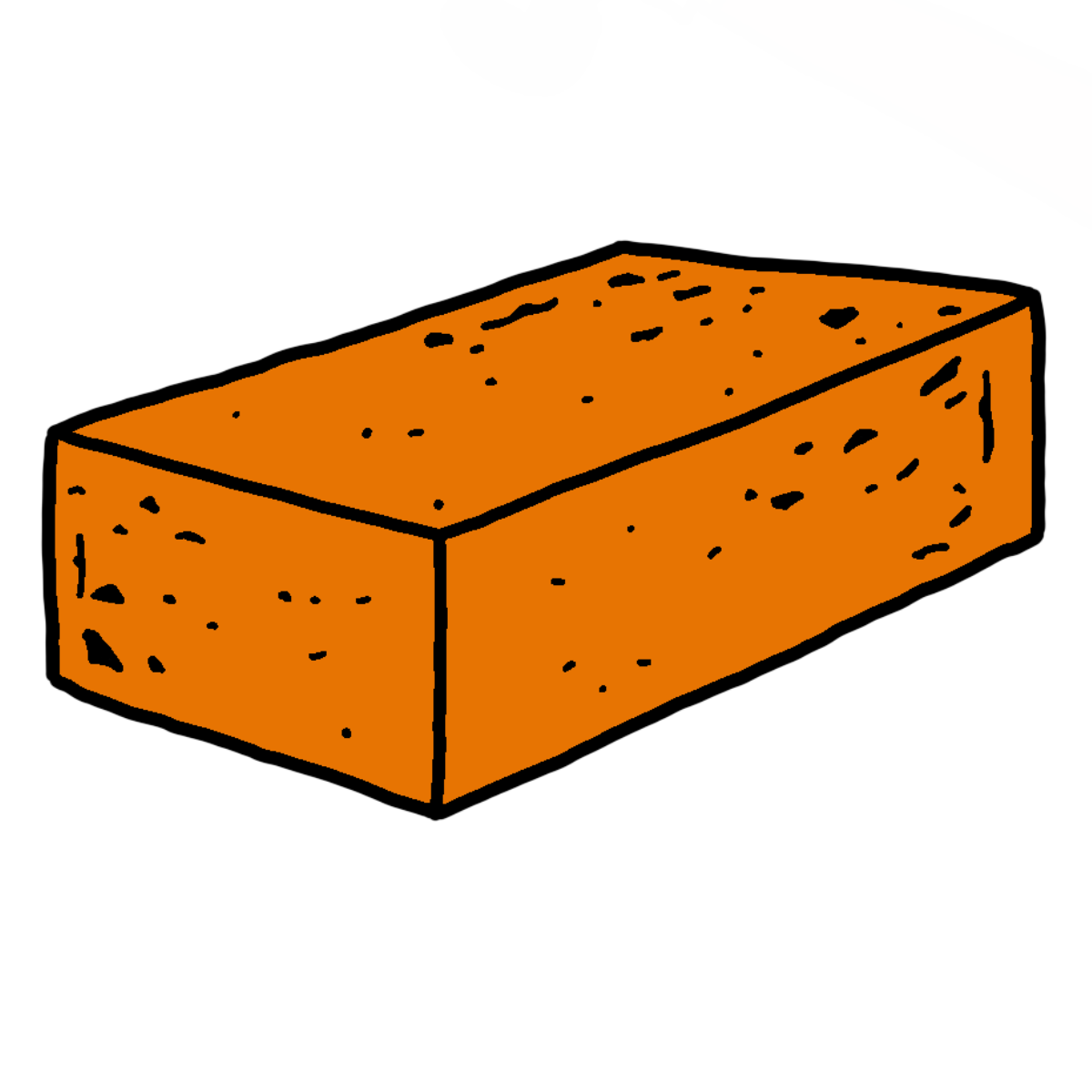
cihla
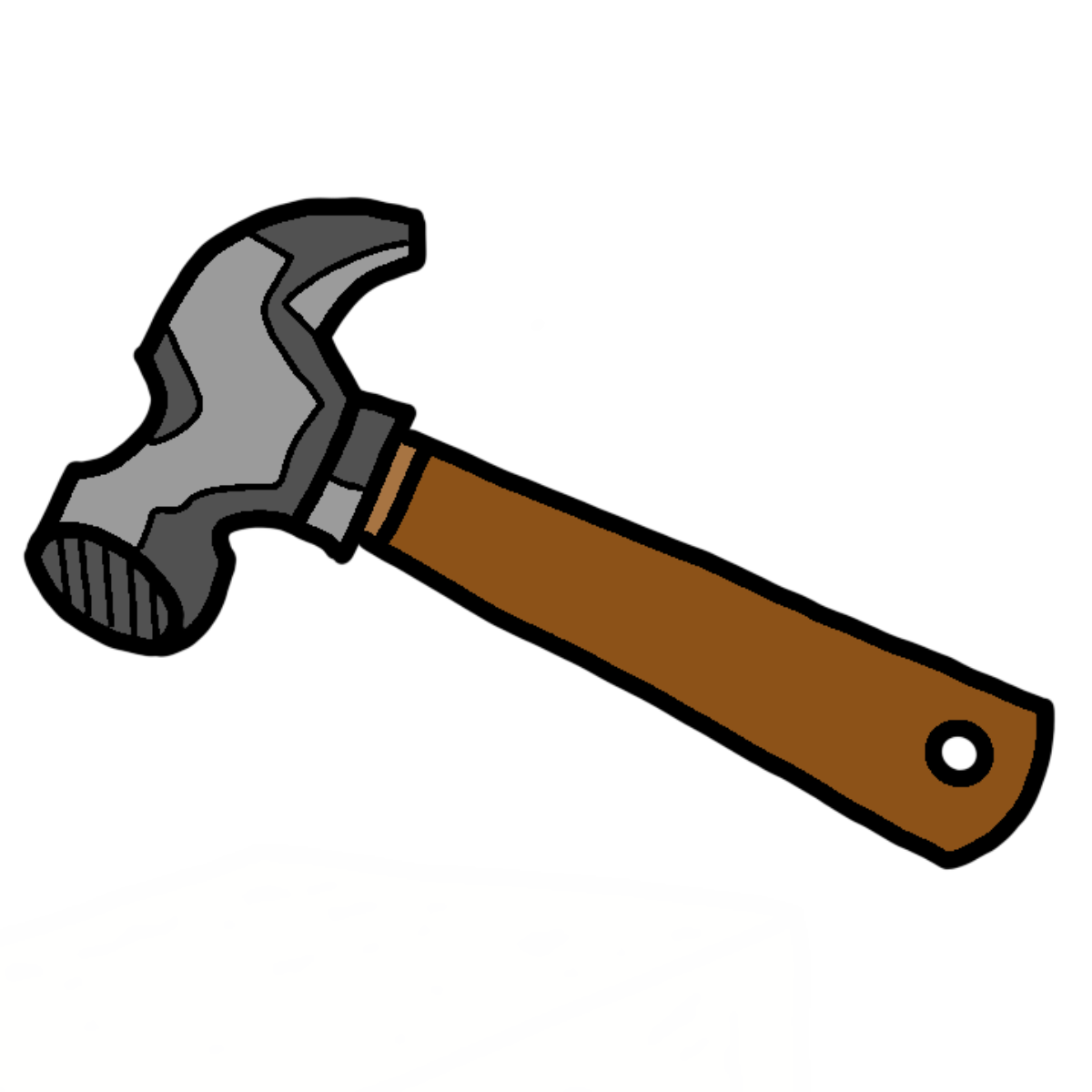
kladivo
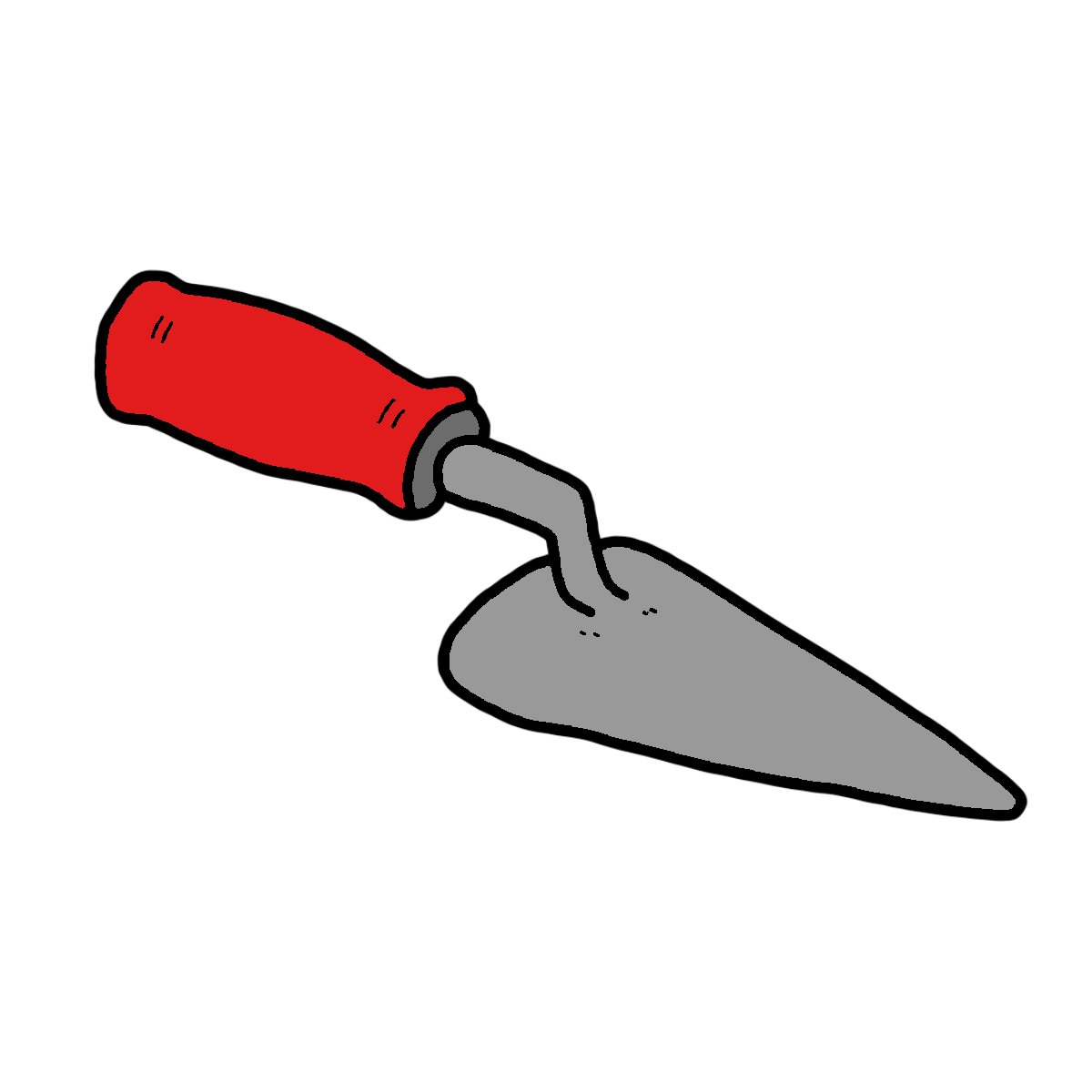
zednická lžíce
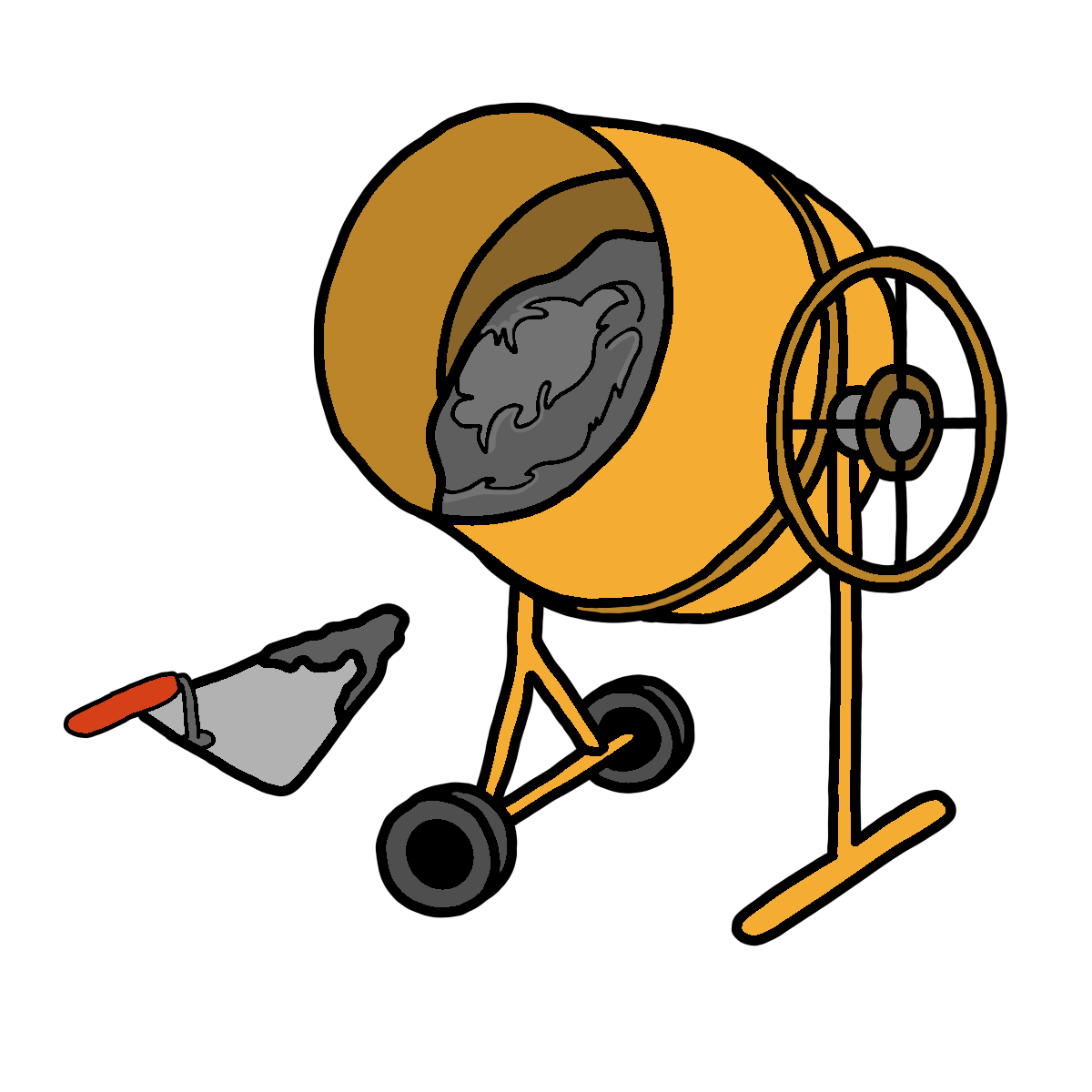
malta
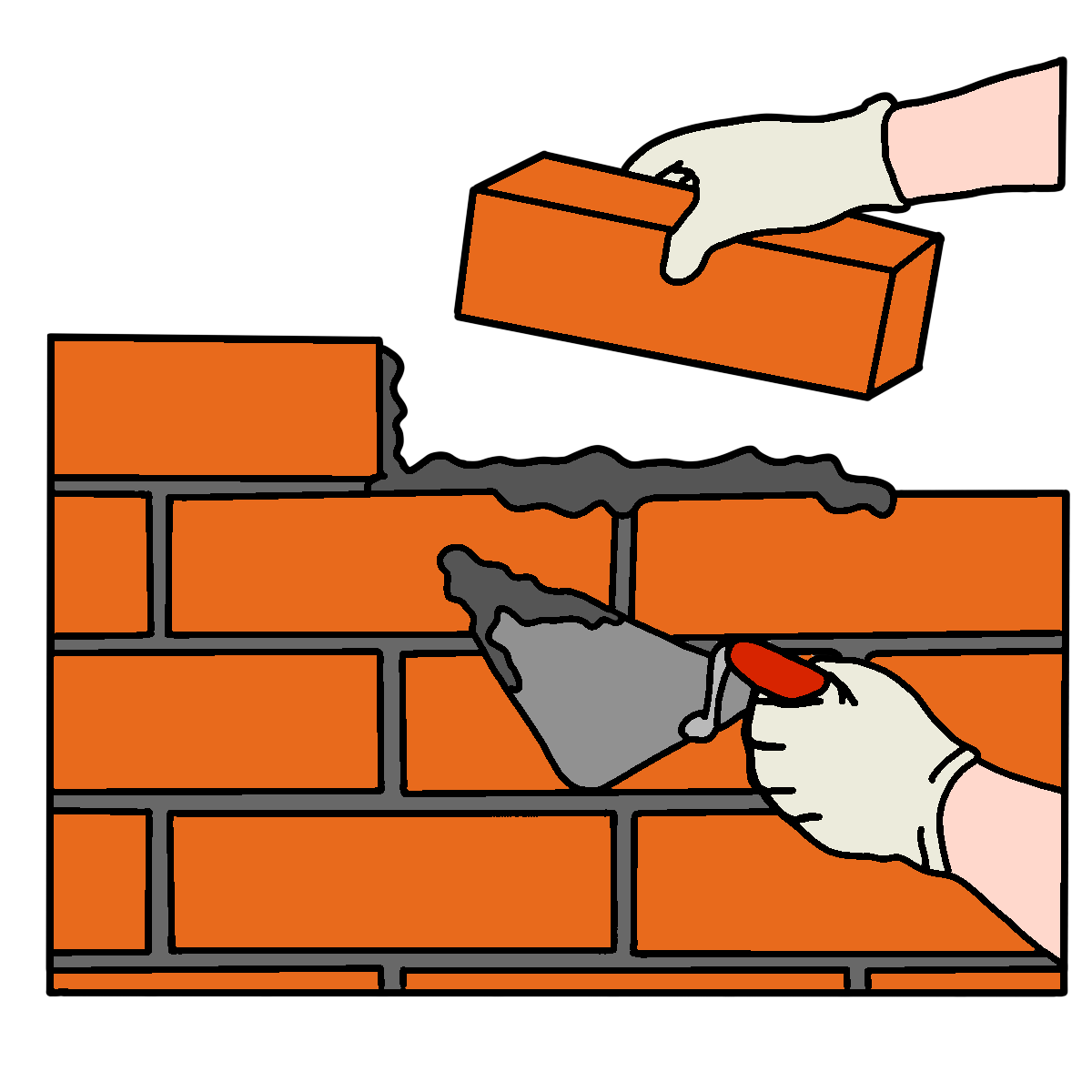
pokládka cihel
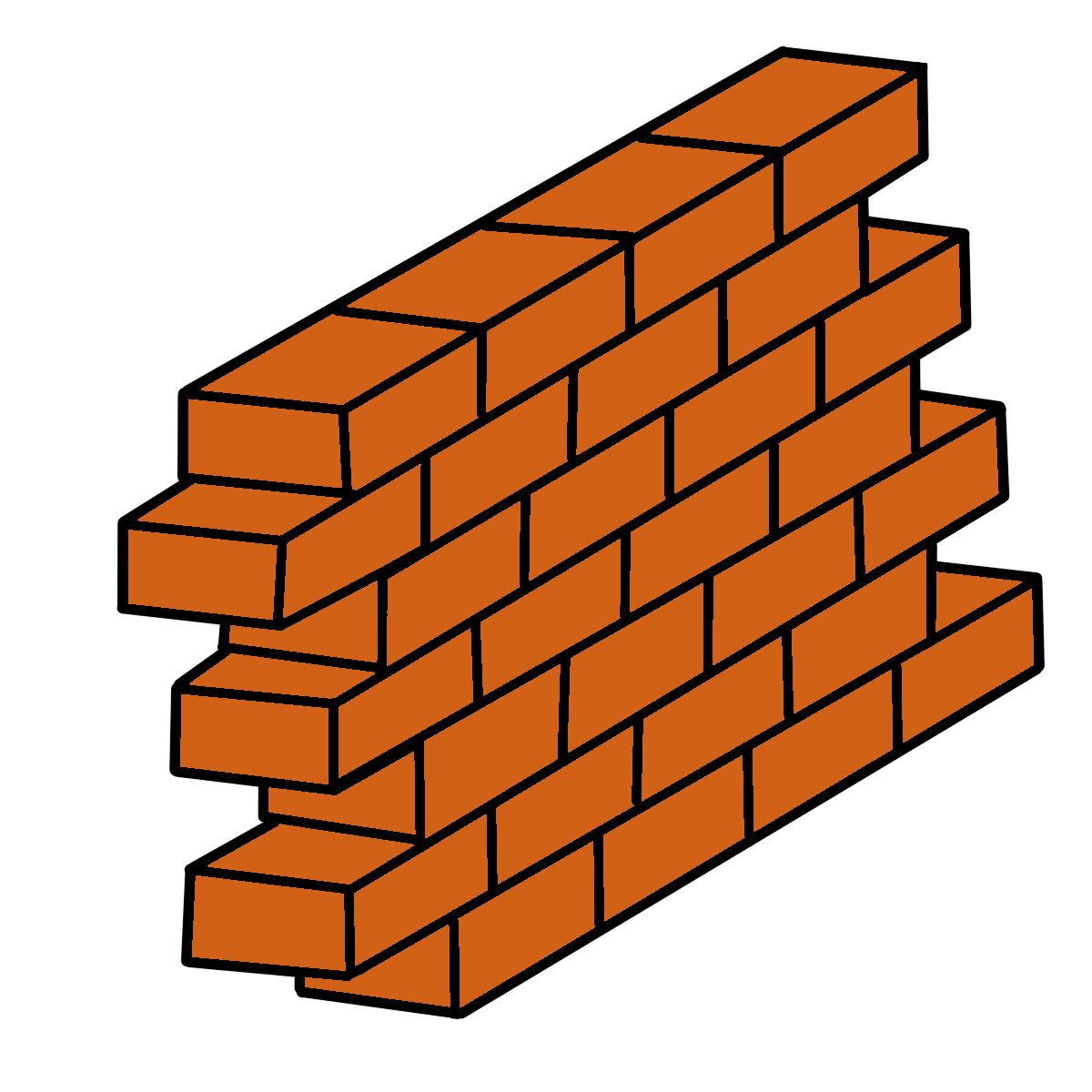
zeď
Exercise
1. Correct [C] x INcorrect [INc]:
UNIT 7 – Correct [C] x INcorrect [INc]:
1. If your brick is too low, take it off and add more mortar.
2. If your brick is too low, took it off and add more mortar.
3. If you will scrape away any excess mortar, the wall will look good.
4. Use your trowel to tap them down if any bricks are too high.
5. Use your trowel to tap them down , if any bricks are too high.
6. If you will use the point of your trowel, the furrow will be deep enough.
Vyhodnocení
chyb
Vaše odpovědi
1. If your brick is too low, take it off and add more mortar.
2. If your brick is too low, took it off and add more mortar.
3. If you will scrape away any excess mortar, the wall will look good.
4. Use your trowel to tap them down if any bricks are too high.
5. Use your trowel to tap them down , if any bricks are too high.
6. If you will use the point of your trowel, the furrow will be deep enough.
2. Reading
poklepat
přebytečný
zmáčknout
předchozí
dosáhnout
namazat máslem
sebevědomí
hrana zednické lžíce
přibližně
skalka ze zdiva
rýha, žlábek, brázda
zespodu
na šířku
podélně
párek
Sloveso LAY nezaměňovat se slovesem LIE!
 |
Irregular verb: LAYNepravidelné sloveso: položit
|
Irregular verb: LieNepravidelné sloveso: ležet
|
Regular verb: LiePravidelné sloveso: lhát
|
What is the process of laying bricks?
Simply: (prostě, jednoduše)
The first brick should be laid at one end and tapped slightly to 'bed in'. The next brick should be 'buttered up' with mortar spread onto each end before being placed to abut the first brick. The trowel should be used to cut away excess mortar that is squeezed out from underneath or in between the bricks.
In more detail: (podrobněji)
1. Lay mortar
The first step is laying the bed of mortar. If you are starting from the ground level, you’ll be laying this mortar on the ground. If you’re laying on top of other bricks, you’ll lay this mortar on top of them.
Scoop up a sausage shape of mortar that’s roughly the size of your trowel blade and lay it on top of the ground or bricks. Use the back of your trowel to spread this roughly the length of 5 or 6 bricks. You can then create a furrow, which is a groove, in the mortar using the point of your trowel.
If you’re laying on top of another set of bricks you can now scoop up any mortar that’s overhanging.
2. Add mortar to the end of the brick
If you’re laying the first brick you can skip this step. Pick up a brick with one hand and use your trowel to spread mortar across one end of the brick.
3. Push the brick into the mortar
You can now push your brick into the mortar. If you’re laying any but the first brick, make sure the side of the brick with mortar is pushed next to the previous brick. You can now tap the brick into place with the end of your trowel handle.
You’re looking to achieve 10mm joints horizontally and vertically. If your brick is too low, take it off and add more mortar.
4. Scrape away excess mortar
With the brick laid, you can now scrape away any excess mortar on the side of the brick with a quick upward movement of the edge of your trowel.
5. Check levels
Regularly place your spirit level across the bricks to check that they are level. If any bricks are too high, use your trowel to tap them down. Don’t move onto the next level until you're completely confident that your bricks are level. It’s easier to correct mistakes here than when you’ve laid more bricks on top.
Once you've laid your first bricks, start laying more and more levels until you become confident with these techniques. If you're ready to start a bricklaying project, take a look at a guide to building a garden wall, building a brick planter, and building garden steps.
Bricks can be laid as soldiers (standing upright), stretchers (laid lengthwise along the wall) or headers (laid widthwise along the wall).
2.1 Answer some questions:
- What is it a furrow?
- How can you scrape away any excess mortar on the side of the brick?
- How much mortar should I scoop up and lay on top of the ground or bricks?
2.2 Translate some sentences:
- Můžete přeskočit/vynechat tento krok.
- Přidejte více malty!
- Pokud máte cihlu příliš nízko, sundejte ji.
3. Connect words with their definitions:
UNIT 7 – Connect words with their definitions:
1. Straight up or vertical.
2. You put your hands or arms under it and lift it in a quick movement.
3. A deep, fairly wide line in the surface of something.
4. Open out (something) so as to extend its surface area, width, or length.
5. When two or more surfaces are joined together/ a junction where building elements meet.
6. To remove an unwanted covering or a top layer from something.
7. A combination of sand, a binding agent like cement or lime and water, used in masonry buildings to bridge the space between building blocks.
8. The part by which a thing is held, carried, or controlled.
9. Arise, come up, go up, lift, rise, uprise.
10. Put in (an additional element, ingredient, etc.).
11. Firmly press (something soft or yielding), typically with one's fingers.
Vyhodnocení
chyb
Vaše odpovědi
1. Straight up or vertical.
2. You put your hands or arms under it and lift it in a quick movement.
3. A deep, fairly wide line in the surface of something.
4. Open out (something) so as to extend its surface area, width, or length.
5. When two or more surfaces are joined together/ a junction where building elements meet.
6. To remove an unwanted covering or a top layer from something.
7. A combination of sand, a binding agent like cement or lime and water, used in masonry buildings to bridge the space between building blocks.
8. The part by which a thing is held, carried, or controlled.
9. Arise, come up, go up, lift, rise, uprise.
10. Put in (an additional element, ingredient, etc.).
11. Firmly press (something soft or yielding), typically with one's fingers.
4. Video:
Ve videu uslyšíte:
A square is a tool for marking and referencing a 90° angle.
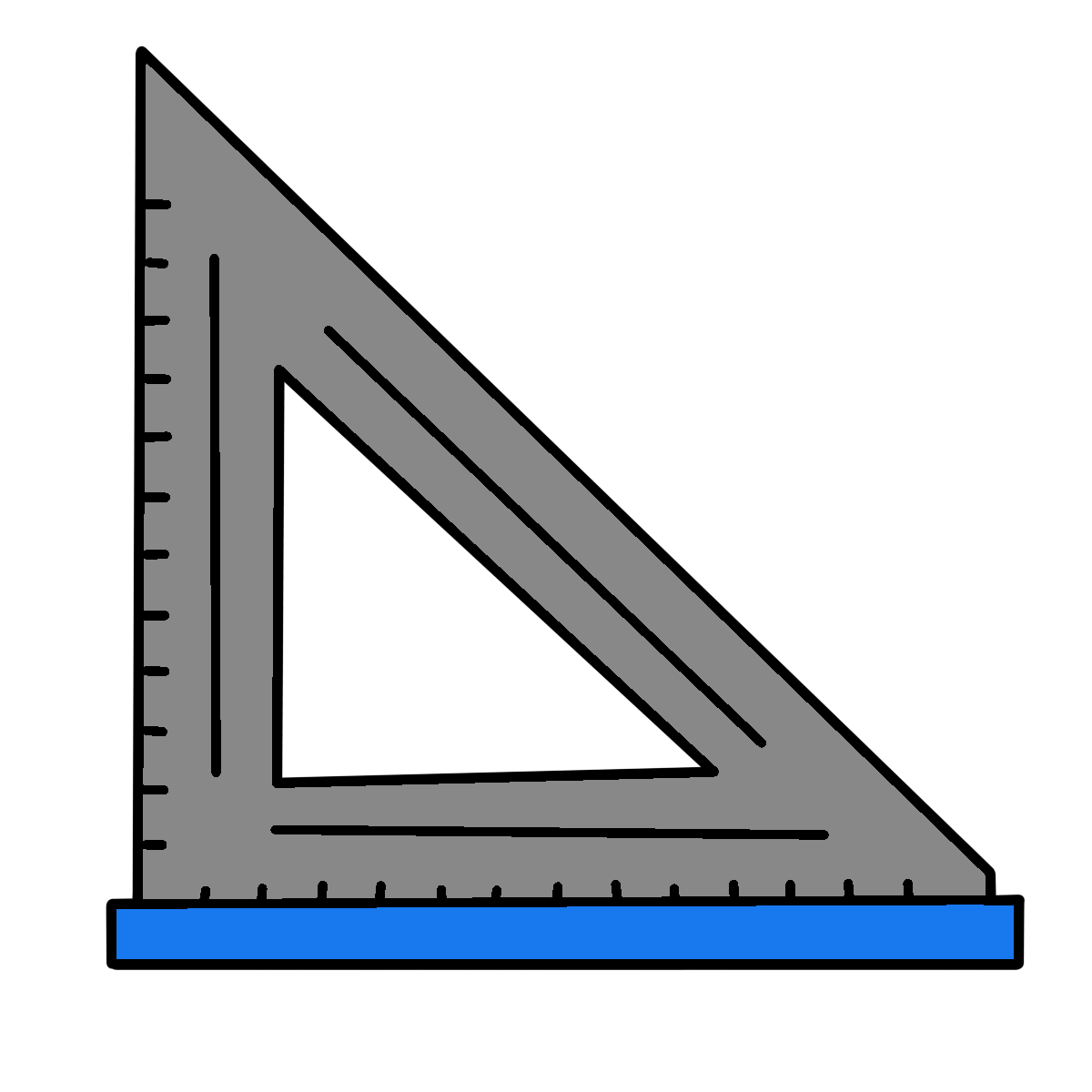
Head joints are vertical mortar joints between two masonry units.
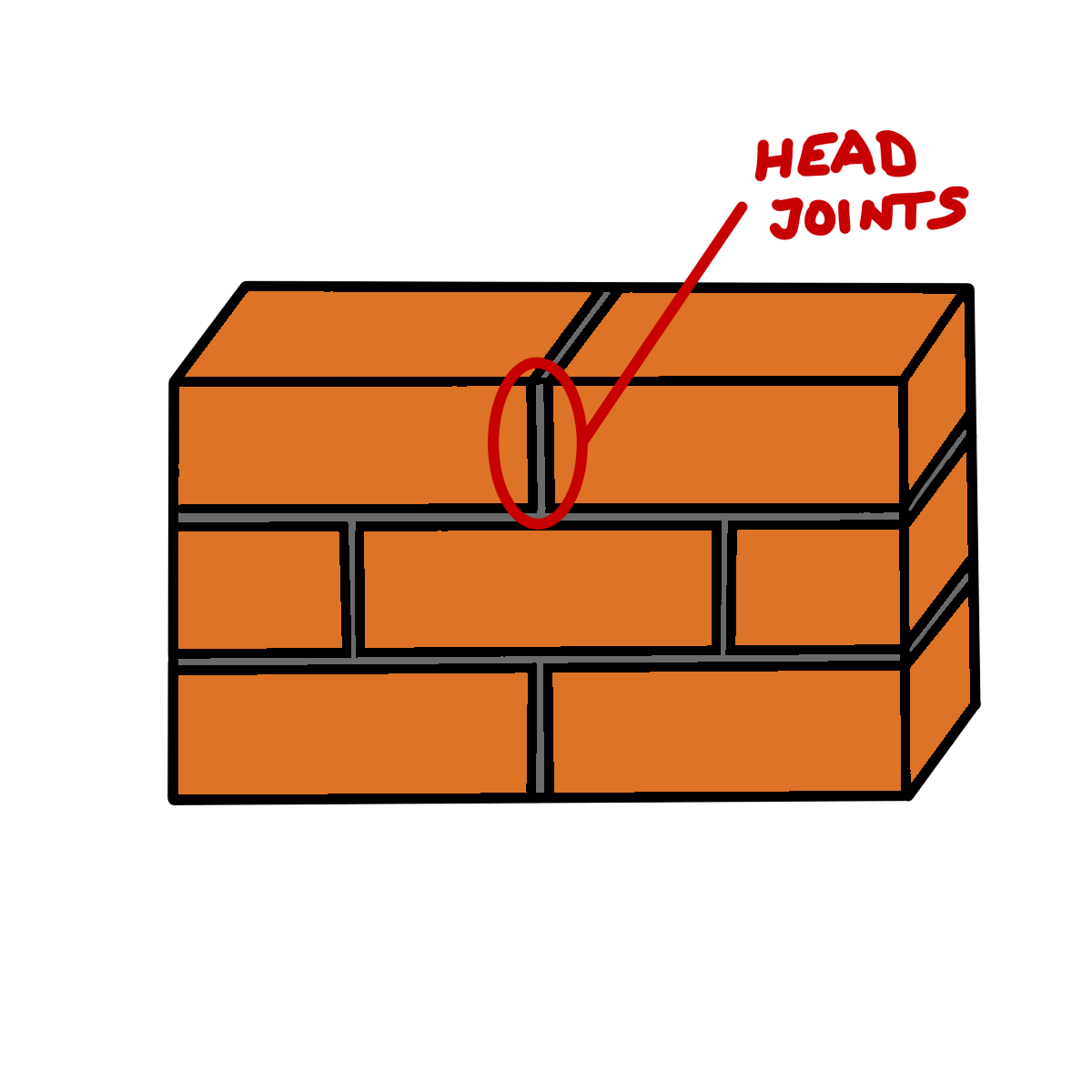
Line blocks are small, usually rectangular, or square-shaped devices made of various materials, such as wood, plastic, or metal. They are designed to hold a line (typically a mason's line) securely in place to guide the installation of bricks or blocks in a straight and level manner.
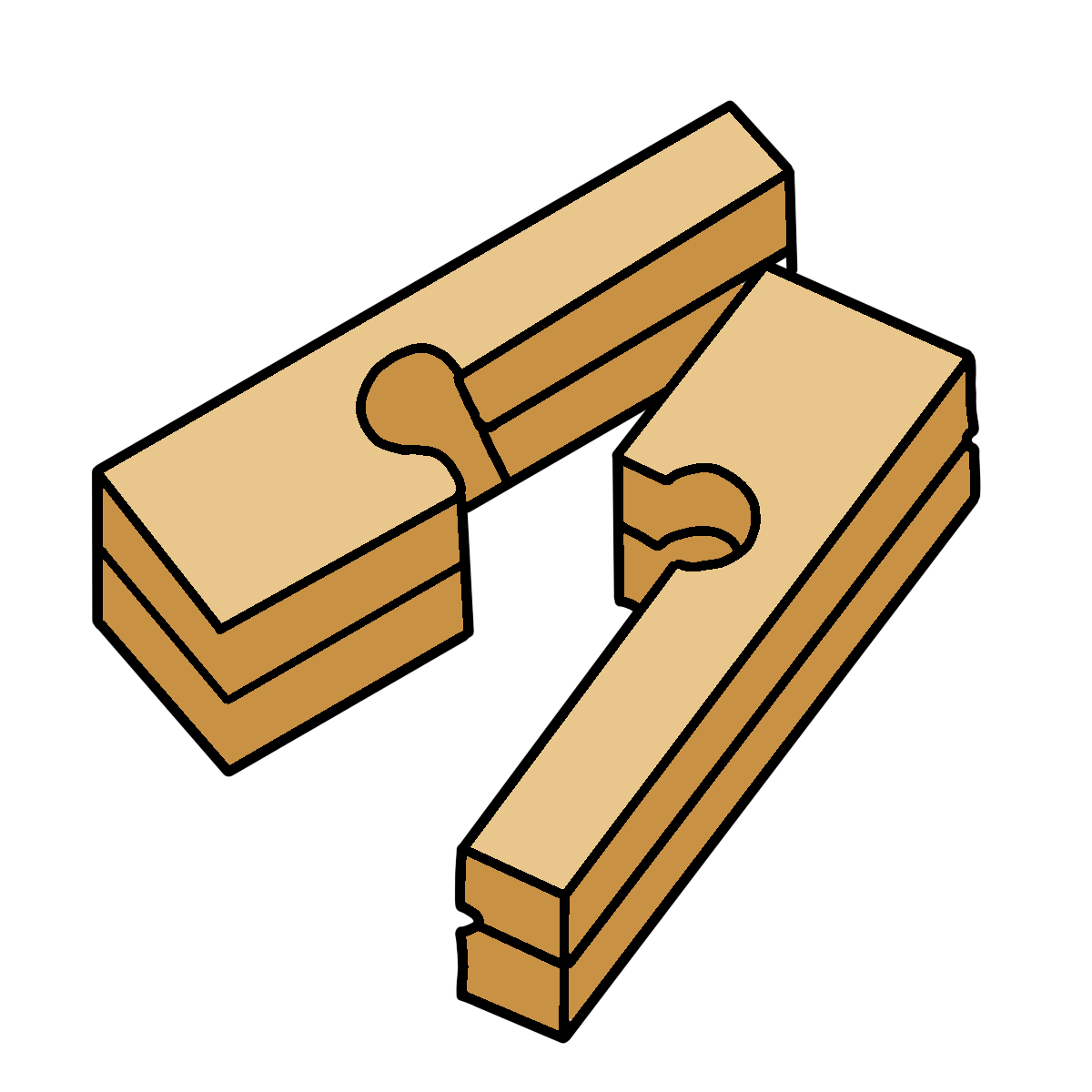

4.1 Please answer the following questions in ONE word according to the video:
- What kind of consistency of mortar is the best for building a wall?
- What helps you to spread the mortar evenly?
- What helps you to square up the corners?
- What helps you to be ready to fill in the middle?
4.2 Which of the activities does Mark NOT do in the video?
Mark identifies the necessary tools and shows the correct consistency of the loose mortar. He demonstrates how to lay a furrow with a trowel, place a brick, scrape back excess, level, change the wheel on his wheelbarrow, clean, and go to the next brick with a head joint with the line blocks.

